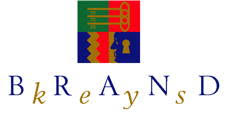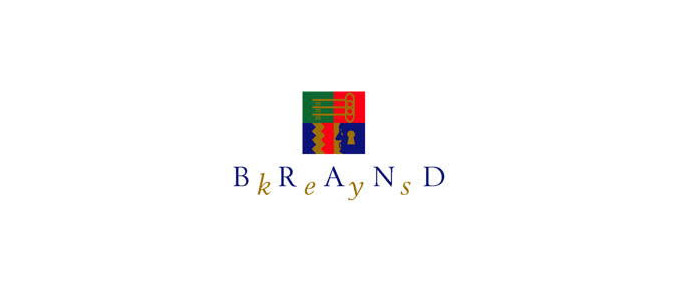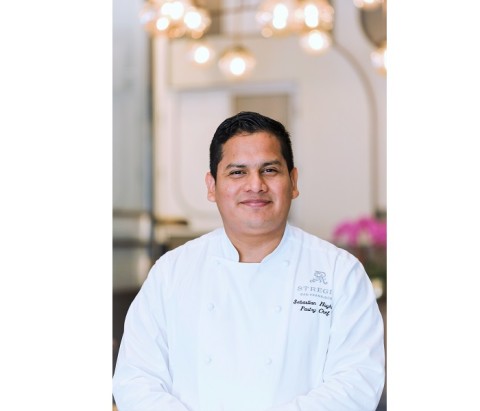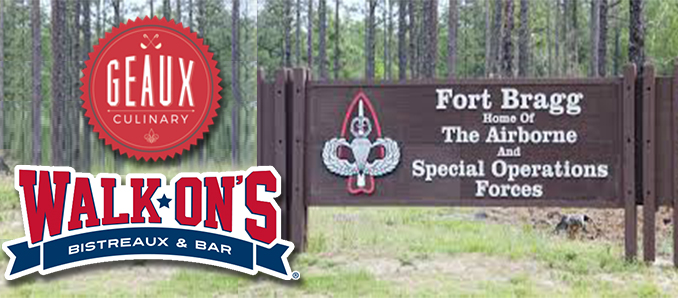BRAND KEYS 2017 CUSTOMER LOYALTY ENGAGEMENT INDEX FINDS MASSIVE GAPS BETWEEN CUSTOMERS’ EXPECTATIONS AND WHAT RESTAURANT BRANDS DELIVER
BRANDS STRUGGLE TO ENGAGE CONSUMERS AS BRAND LEADERSHIP SHIFTS IN 58% OF CATEGORIES
5 Guys Burgers & Fries, Domino’s, Chick-fil-A Dominate
 Soaring customer expectations are creating an increasingly challenging environment for restaurant brands looking to deliver engagement, according to Brand Keys, Inc. 22nd annual 2017 Customer Loyalty Engagement Index® (CLEI), conducted by the New York-based brand engagement and customer loyalty research consultancy (brandkeys.com).
Soaring customer expectations are creating an increasingly challenging environment for restaurant brands looking to deliver engagement, according to Brand Keys, Inc. 22nd annual 2017 Customer Loyalty Engagement Index® (CLEI), conducted by the New York-based brand engagement and customer loyalty research consultancy (brandkeys.com).
Brand Engagement = Category Leadership
“’Brand engagement’ is how well a brand is able to meet expectations consumers hold for the path-to-purchase drivers in a category,” said Robert Passikoff, president of Brand Keys. “Those drivers and expectations come in the form of a Category Ideal. Brands best able to meet consumers’ expectations for that Ideal generate greater loyalty and are profitable market leaders. Brands that can’t meet expectations lose customers and market share.
Restaurant Brands That Deliver Engagement Best
This year the CLEI examined 83 categories and 740 brands, where brand engagement leadership shifted dramatically in 49 of those categories. In the restaurant category expectations have increased 23% over 2016. Restaurant brands have only kept up with that by 3%, leaving an enormous gap between what consumers want and what brands are seen to deliver.
The restaurant ratings that follow represent the highest levels of brand engagement generated for the categories in which they compete and were compared to consumer-generated, category-specific Ideals, computed to be 100%, which permits category-to-category comparisons to be made.
Why Consumers Expect More
“The concept of brand engagement is pretty straightforward,” said Passikoff. “Consumers have an Ideal for every product and service; it’s the yardstick they use to measure brands. Defining your category’s Ideal is where it gets very tricky. The process is more emotionally-based than rational, so defining the Ideal and identifying what consumers expect from their Ideal has to be more penetrating and subtle than a 10-point scale,” noted Passikoff.
“It needs below-the-radar, psychological metrics,” said Passikoff, “Because today’s consumer does not behave as he says, he does not say what he really thinks, and he does not think what he really feels.
Consumers talk to themselves before they talk to brands, hot-wired to social networking, which super-charges expectations. The result? Massive gaps between what people really want and what brands deliver,” noted Passikoff. “And confusion among marketers about what actually drives engagement.”
The Ideal describes the precise path-to-purchase drivers, describing how the consumer will view the category, compare brands and how they will engage with the brand, buy, and remain loyal. “Most marketers look at the world through a brand-lens,” noted Passikoff.
“It’s their brand, after all. The consumer, on the other hand, looks through a category-lens and that dichotomy can create problems when marketers try to engage consumers with their brands.” Drivers are category-specific since consumers don’t buy Smartphones in the same way they buy Cosmetics or Pizza.
The four path-to-purchase drivers for the Smartphone category, for example, look like this:
1) Brand Design, 2) Platform For All My Needs, 3) Personal Connectivity, and 4) Brand Support.
The Pizza category, on the other hand, looks like this:
1) Made-to-Order Taste, 2) Customizable Extras, 3) Brand Image/Value, & 4) Connected Delivery
Values That Fed Expectation Growth in the Restaurant Categories
Path-to-purchase drivers are made up of sets of emotional and rational values that come together to define the category for the consumer. The ones that are more leveragable are where expectations increase the most. Values that fueled expectations most in the Restaurant Category included the following:
Fast Food: Expectations grew most (+29%) for expectations for Healthy Choice Options.
Fast-Casual: Expectation growth (+20%) was largest for Customizable Variety.
Casual Dining: Successful brands are going to have to work to provide higher levels of Customer Service I Deserve (+22%).
Pizza: Simplified & Connected Ordering is the order of the day (+19%).
Out-of-Home Coffee: It all comes down to Variety and Customization, which was up this year by 30%.
“Brands that can best fill that expectation gap win,” said Passikoff, “Brands that can’t meet expectations have little to recommend them. That paradigm resulted in a leadership shift in 58% of the categories we tracked this year. And, as these are predictive of consumer behavior, will show up in market share and profits in the new year.”
A complete listing of this year’s 83 categories can be found at:
Methodology
For the 2017 survey, 49,168 consumers, 16 to 65 years of age from the nine US Census Regions, self-selected the categories in which they are consumers, and the brands for which they are customers. Seventy (70%) percent were interviewed by phone, twenty-five (25%) percent via face-to-face interviews (to identify and include cell phone-only households), and 5% online.
Brand Keys uses an independently validated research approach that fuses emotional and rational aspects of the categories, identifies the four behavioral drivers for the category-specific ‘Ideal,’ and identifies the values that form the components of each driver. This year Brand Keys added 11 new categories including Energy Drinks, Snack Brands, Toys, and Yoghurt resulting in engagement evaluations of 740 brands.
The assessments measure how well brands meet expectations that consumers hold for each path-to-purchase driver that makes up the Ideal for a specific category. The research technique is a combination of psychological inquiry and statistical analyses, has a test/re-test reliability of 0.93, and results generalizable at the 95% confidence level. It has been successfully used in B2B and B2C categories in 35 countries.








